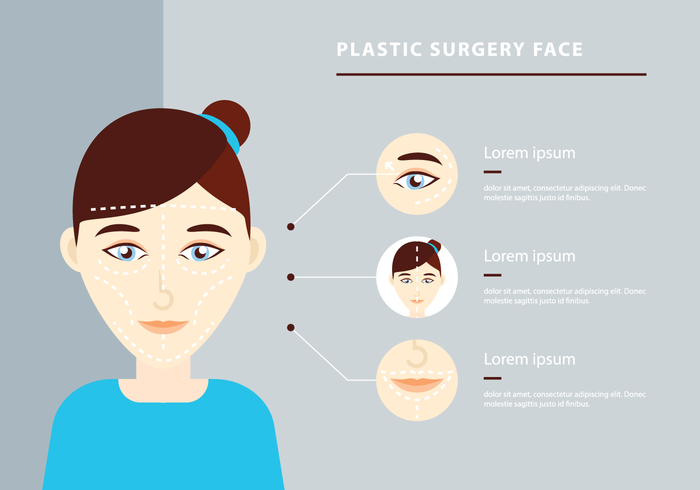The Role Of Dermatologists In Acne Care
The Role Of Dermatologists In Acne Care
Blog Article
Hormonal Acne - What is Hormonal Acne?
Hormonal acne is characterized by clogged pores and oily skin that generally shows up on the chin and jawline. It takes place when hormonal adjustments activate inflammation and microbial overgrowth within hair roots.
Breakouts might look like whiteheads, blackheads, papules or pustules and cysts or blemishes in extra extreme instances. It is extra common in teenagers going through puberty but can affect adults of any age.
What Causes Hormonal Acne?
While acne can be caused by a variety of factors, including using hair and skin care products that aren't oil-free or made with ingredients that could clog pores, hereditary proneness, diet regimen,2 and stress and anxiety, the origin is fluctuating hormonal agents. Hormone acne takes place when the body experiences hormone adjustments and changes that cause an overflow of sebum, which triggers inflammation, enhanced growth of bacteria and changes in skin cell task.
Hormone acne is usually located on the reduced jawline, cheeks and neck however can appear anywhere on the body. It is characterized by blemishes that are cystic, unpleasant and filled with pus or other product. It is likewise most likely to happen in women than men, especially throughout the age of puberty, the menstruation, pregnancy or menopause.
Age
While numerous kids experience acne at some point throughout adolescence, it can continue to afflict adults well right into the adult years. Referred to as hormonal acne, this form of outbreak is linked to changes in hormones and is typically most usual in ladies.
Hormonal acne occurs when oil glands generate way too much sebum, which blocks pores and traps dead skin cells. This leads to the development of imperfections, such as whiteheads, blackheads and papules, pustules, cysts or nodules, deep under the surface.
This sort of acne typically causes discomfort, inflammation and inflammation. It may additionally be cyclical and appear around the very same time every month, such as right before your period begins. This is since levels of women hormones like progesterone and oestrogen fluctuate with each menstruation.
Menstruation
Hormonal acne typically shows up in the lower part of your face, along the jawline and cheeks, as whiteheads, blackheads or inflammatory acnes (acnes and cysts). It's probably to show up around the moment when your menstrual cycle changes.
Specifically around ovulation, when estrogen and progesterone levels are on the surge, hormone fluctuations can create breakouts. Yet it's likewise possible to obtain acne at any type of point throughout your 28-day menstrual cycle.
If you notice that your hormone acne flares up right prior to your period, attempt observing when exactly this takes place and see if it relates to the stages of your 28-day menstrual cycle. This will assist you pinpoint the origin of your skin difficulties. For example, you might want to work with balancing your blood sugar and eliminating high-sugar foods, or consider a prescription drug like spironolactone that can regulate your hormonal agents.
Pregnancy
Expanding an infant is a time of significant hormonal adjustments. For lots of women, this consists of a flare-up of hormonal acne. This kind of breakout normally begins in the initial trimester, around week six. It's brought on by hormone rises that stimulate sweat glands to make more oil, which can block pores and cause even more bacteria to develop.
Breakouts may additionally occur as a result of pre-existing problems like polycystic ovary syndrome, which can additionally be an issue while pregnant and menopause. Also, some kinds of birth control pills (such as Ortho Tri-Cyclen and YAZ) can set off hormone acne in some ladies.
The good news is, many acne therapies are "no-go" for expecting females (including preferred acne-fighting ingredients such as isotretinoin and spironolactone). However if you can not avoid those annoying bumps, your physician might prescribe dental erythromycin or cephalexin, which are secure during pregnancy.
Menopause
As females approach menopause, the estrogen levels that created their hormone acne to flare up throughout puberty begin to maintain and decrease. At the same time, nevertheless, a spike in androgens (additionally known as male hormonal agents) occurs since these hormonal agents can't be converted into estrogen as properly as before.
The extra of androgens can cause oil production by the sebaceous glands, which obstructs pores. When the clogged pores ended up being swollen and irritated, a pimple kinds.
Hormonal acne is botox for tmj usually seen on the face, specifically around the chin and jawline, but it can occur on the neck, back, shoulders, or upper body. This type of acne has a tendency to flare in a cyclical pattern, similar to the menstruation. Stress and anxiety, which enhances cortisol and tosses hormonal agents out of balance, also adds to the outbreaks.